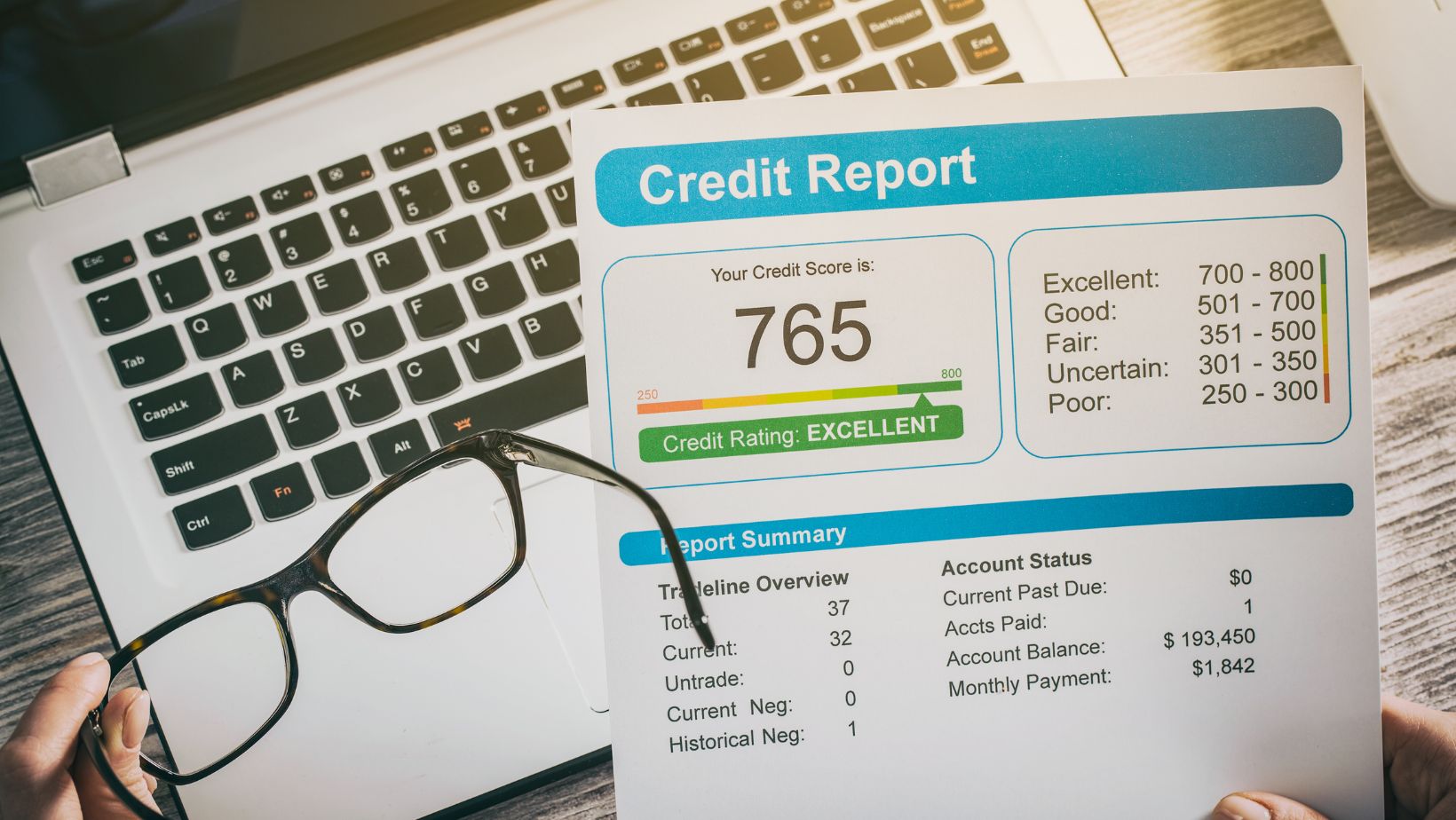Navigate the Pulse of Modern Business Life
https//modernbusinesslife.com
Stay ahead of the curve with invaluable business tips from industry leaders, explore tailored business loan options to fuel your growth, and stay informed with the latest developments shaping the business landscape. Welcome to your one-stop destination for thriving in today’s dynamic business world.
Business Know-How from Vyloria Traskov
4 Reasons Why Warehousing and Distribution Are Crucial for Businesses
August 14, 2024
In today’s fast-paced and highly competitive business environment, the efficiency of a company’s supply chain can make or break its success. At the heart of ...
5 Types of Coverage Every Hotel Needs
September 25, 2024
Operating a hotel involves juggling numerous responsibilities, from managing staff and guest satisfaction to maintaining the property and ensuring smooth daily operations. One crucial aspect ...
6 Must-Have Weights and Training Equipment for Your Home Gym
August 1, 2024
Creating a home gym is a fantastic investment in your health and well-being. With the right equipment, you can achieve a wide range of fitness ...

Need more?
Don't hesitate to reach out and provide your feedback
Get the latest articles from Modern Business Life
Path to Business Success with Quinalis Triskov
Lev Kushner: The Business Visionary Betting on Educational Content to Transform Marketing
October 31, 2024
With over 32 years of entrepreneurial experience across multiple industries, Mr. Lev Kushner has long been a disruptor and visionary. Today, he stands at the ...
Essential Tips for Business Owners: Unlocking the Path to Success
September 26, 2024
Starting a business is an exciting journey, but it comes with its own set of challenges. Whether you’re just starting out or have been running ...
Eco-Friendly Projects: Finding the Right Wood for Sustainable Success
September 20, 2024
Creating eco-friendly projects isn’t just a trend—it’s a necessary shift towards a more sustainable future. From rustic furniture to innovative building materials, choosing the right ...






















